Just like the migration to cloud computing, the same is true for creating hybrid networks. Enterprises need multiple network transport technologies to connect to mobile workers and cloud data centers, so the combination of internal systems and public cloud applications and services is now the best way to meet current user needs. As a result, network architects and operators are turning to SD-WAN technology because of its cost savings, simplicity, agility, and reliability over traditional, typical hardware-centric networks.
SD-WAN technology is evolving and evolving, with significant improvements in security, routing, multi-tenancy, and centralized or cloud-based management. Over time, SD-WAN will improve support for Internet applications, provide better wireless integration, such as WiFi and 4G, and more easily incorporate into a wider range of branch network functions.
The SD-WAN market continues to explode and is widely adopted by various distributed organizations in all major regions. In addition to the original MPLS links, enterprises can easily deploy SD-WAN products and deploy Internet connections. Significantly improve WAN bandwidth. SD-WAN has a high market share and is made up of dozens of SD-WAN vendors, many of which are startups, small vendors and large network equipment vendors and operators.

As more and more service providers launch a full range of managed SD-WAN products, the role of service providers and managed service providers is becoming more prominent. Attracting users to choose a service provider to manage their branch office's wide area network, so service providers need to provide SD-WAN services to remain competitive in the marketplace. SD-WAN also enables service providers to better serve their business coverage through Internet links.
The development of SD-WAN over the past year has focused on improving managed services, including support for multi-tenancy and better centralized management. In the future, SD-WAN technology will include the ability to jointly host services across service providers to achieve global partnerships. SD-WAN technology will also evolve through better integration with other web applications and open APIs to better support virtual client devices.
SD-WAN 2.0 trendSD-WAN technology continues to evolve to provide better security, routing, management and support for the Internet of Things (IoT) and mobility. Many SD-WAN vendors have included WAN optimization support in their products. The following are some SD-WAN trends, and these trends will continue to grow.
Enhanced routing
SD-WAN technology now supports enhanced routing capabilities, including Border Gateway Protocol (BGP). Many enterprises, especially those that are detached from the MPLS business, are deploying SD-WAN solutions without branch routing. Doyle Research expects the branch router market to grow rapidly, SD-WAN becomes the main platform, and SD-WAN will become an important part of the software-defined branch concept.
Centralized management
SD-WAN providers will continue to drive the maturity of their platform's specific management and coordination capabilities, with organizations in many branch offices requiring automation and centralized control to manage WAN links to remote branch offices. Over time, SD-WAN providers will provide automatic identification, prioritization, and routing traffic over the most appropriate WAN links, and improved centralized or cloud-based management will enable IT organizations to quickly tune network and application performance .
Safety
SD-WAN providers enhance the security capabilities of their platforms by integrating basic firewall features. Application IDs are powerful security features that can be used to whitelist certain connections and send all other traffic to the data center or the cloud. SD-WAN providers will enhance integration with security providers and will further integrate next-generation firewalls, unified threat management and anti-virus capabilities. Enterprises can choose to deploy network security features in their branch offices, data centers, or the cloud.
IoT, WiFi and 5G
Enterprises with remote IoT deployments use the WAN to pass back IoT insights to their data centers, and over time, SD-WANs must enhance the ability to connect thousands of devices in real time. Most branch offices support WiFi and WiFi controllers, and the integration between the WiFi controller and the SD-WAN will bring more operational benefits. 4G is an integral part of the existing WAN. Its data transmission speed (5M to 10M) can support most branch operations and is an ideal backup link for enterprises. Currently 4G is evolving towards 5G, and SD-WAN providers need to provide native support for 4G and 5G as they are becoming the main WAN choice.
Views on future SD-WAN trendsSD-WAN technology is being widely adopted to improve the economics of the WAN. IT leaders with a distributed architecture should evaluate how SD-WAN can improve business operations through internal implementation or through managed services. There are dozens of SD-WAN services and products on the market, but there are no clear winners so far.
M&A integration in the SD-WAN market will continue, and fierce market competition will drive continuous innovation in technology and continuous improvement of routing, security and management functions. Over time, SD-WAN will provide more support for IoT, mobility, and the concept of software-defined branching.
PCD End Mills
The PCD end mill is the most productive tool on the market today, It stays in optimal conditions for long tool life.
It can be used for cutting non-ferros metals and non-metallic materials such as Carbon Fiber Reinforced Plastic (CFRP) Glass Fiber Reinforced Plastic Copper, Brass or Graphite.
Polycrystalline diamond end mills, in Five steps tailor made and in Five Days available.
OPT company products are LEAN productionproces, built to produce PCD end mills according to the highest standards.
PCD Milling Cutter type:
PCD End Mill
PCD Ball Nose End Mill
PCD Thread Milling Cutter
Flexible in order quantity:
Samples can be provided before mass production, and MOQ can be discussed accordingly.
PRODUCT DETAIL:
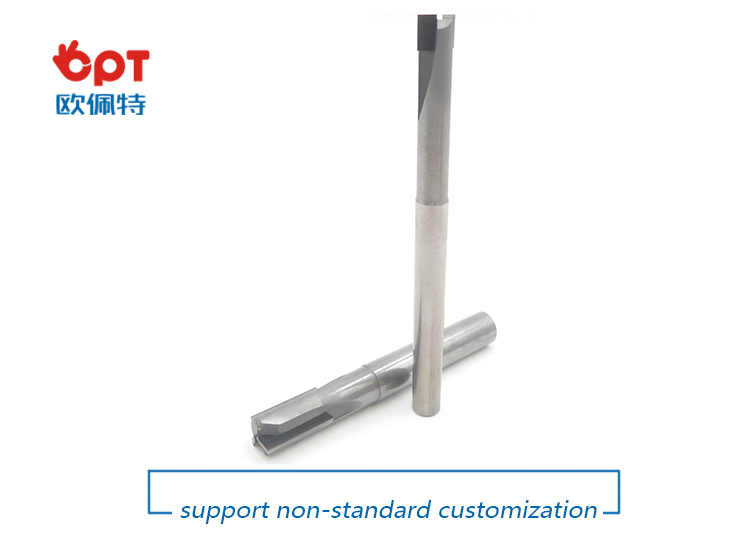
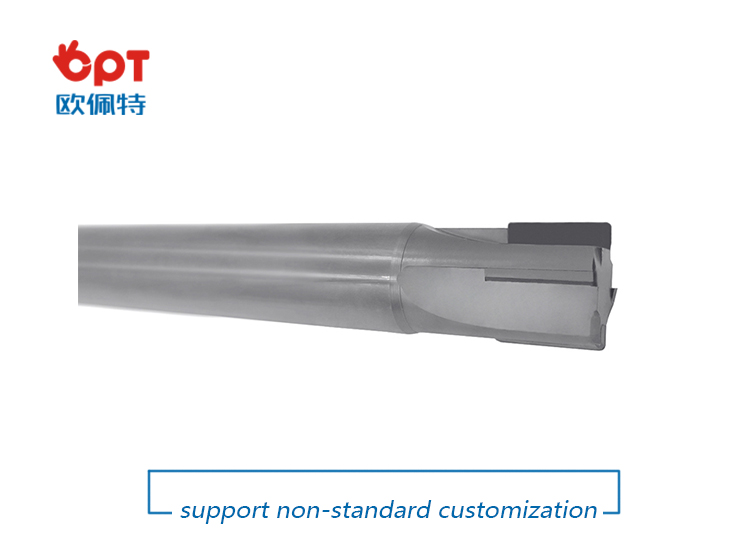

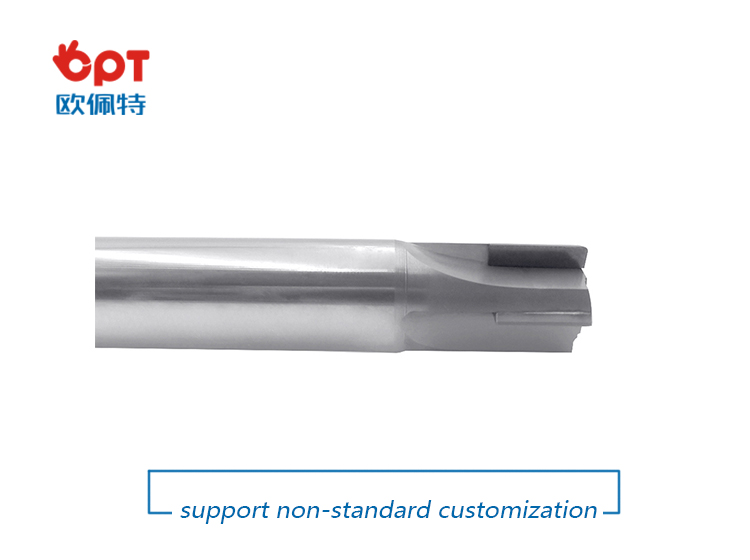
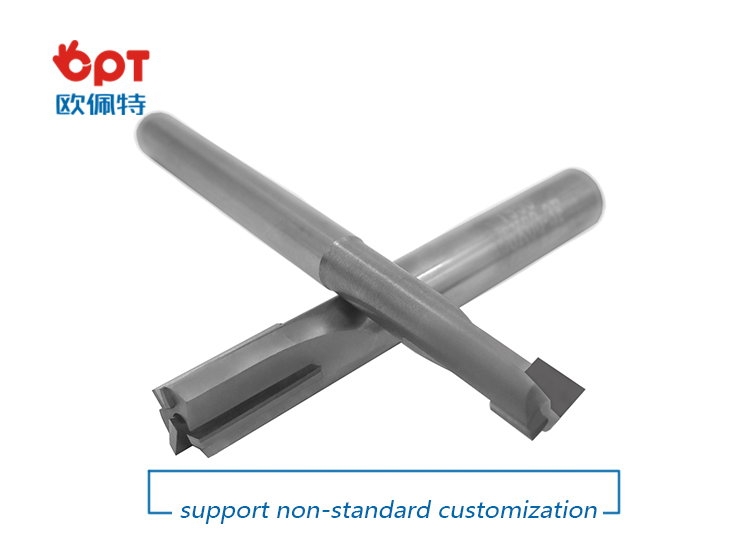
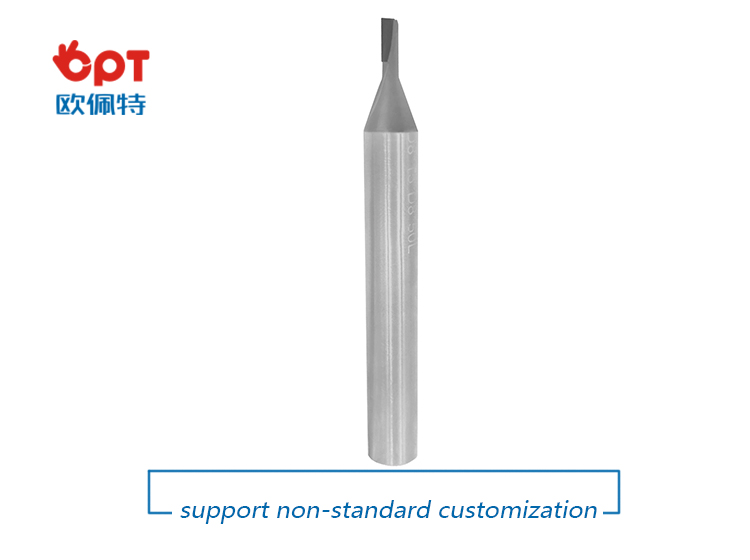
PRODUCTING PROGRESS:

PAYMENT AND DELIVERY:

PRODUCT EQUIPMENT :
+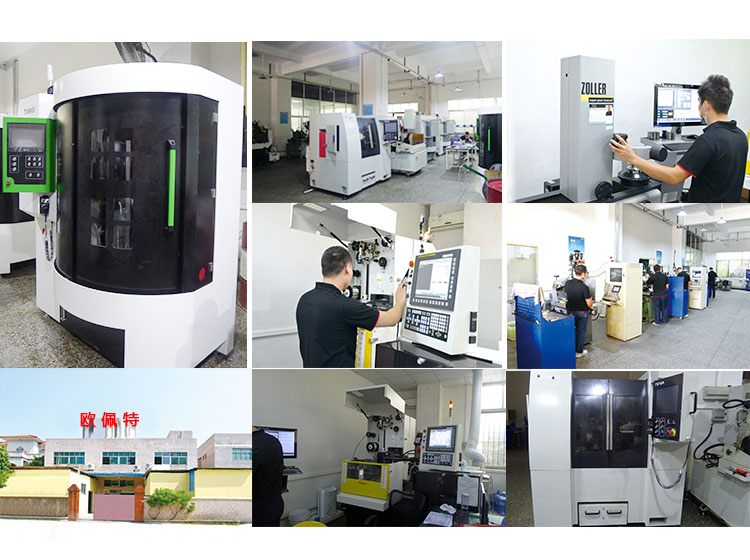
ABOUT US :
We are specialize in manufacturing PCD diamond tools and Carbide tools. Our major product inclulde PCD Inserts , PCD Reamers , PCD End Mills, PCD Taps, Cabide Inserts,Carbide Drills, Carbide Reams, Taps etc.,
We also offered customized cutting tools per drawings, and provide package according to customer requirements. We manufacture a series range of cutting tools for machining of Cast iron, Aluminium alloy and Non-Ferros metal, it is widely used in all major sectors like Automobiles, Engineering, Aerospace, Aviation and 3C industry. Premium quality of raw material is used in the production and strict examination during processing with advanced equipment, so our client are satisfied with our reliable quality and on-time delivery.
Our best selling of cutting tools include PCD Inserts, PCD End Mill, PCD Ball Nose Mill, PCD Reamer, Carbide Taps , Carbide End Mill, Special Form Cutter and many more. For these years we have been made a large forward in the technologies of manufacturing cutting tools. With high quality on performance and price, our product sells well both on domestic and overseas market. And we will always focus on the quality and best service, to make long business relationship.

quanlity control:
We have dedicated team of quality control and precise equipment to keep good and stable performance for our products and processing services.

End Mill,End Mill Cutter,Roughing End Mill,Diamond End Mill
OPT Cutting Tools Co., Ltd. , https://www.optdiamondtoolss.com
